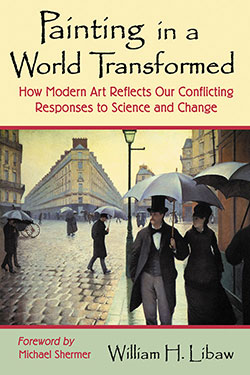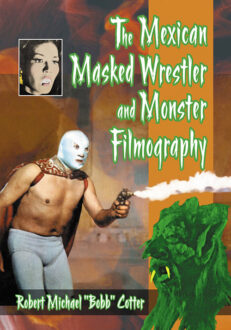Painting in a World Transformed
How Modern Art Reflects Our Conflicting Responses to Science and Change
Original price was: $39.95.$31.99Current price is: $31.99.
In stock
About the Book
This book shows how painting since the mid–1800s has reflected Western society’s mixed feelings about the transformations in our world produced by science and technology. Neither a chronicle of the development of modern art nor a history of the modern era, it instead discusses how artists have represented feelings and ideas about the technological changes of modern times.
Some artists approach this task with an outward focus, representing the world they perceive. Others focus inward, choosing to represent their personal reactions to that world. The author examines both approaches to show how major art movements of the last two centuries are related to the largest-ever changes in human knowledge. An analysis of 28 works reveals perceptions of technological change as both blessing and curse. The result of this analysis is a fresh view of the major artworks of the past century and a half, along with intriguing insights into our own attitudes towards our world.
About the Author(s)
Bibliographic Details
William H. Libaw
Foreword by Michael Shermer
Format: softcover (6 x 9)
Pages: 280
Bibliographic Info: 62 photos, notes, bibliography, index
Copyright Date: 2005
pISBN: 978-0-7864-2211-1
Imprint: McFarland
Table of Contents
Acknowledgments v
List of Illustrations x
Foreword: Art and Science in the Fullness of Life, by Michael Shermer 1
Introduction 5
PART I. A MIRROR WITH A PAST 7
1. Soul or Machine? 9
2. What Is Art About? 11
3. How Science Changed the Subject 14
PART II. SCIENTISM BEGINS: THE FIRST HALF OF THE NINETEENTH
CENTURY 21
4. The Handwriting on the Gallery Wall: Classical vs. Romantic 23
5. The Line Is Drawn: Ingres vs Delacroix 25
PART III. THE CHANGES BEGIN: THE SECOND HALF OF THE NINETEENTH CENTURY 33
6. The Subject Beneath the Surface 35
7. A New Realism: Edouard Manet 38
8. Mad Haste with Impressionism: Monet and Renoir 45
9. The Fragile Moment: Berthe Morisot 52
10. Women Have Real Lives of Their Own: Edgar Degas 58
11. Body and Soul Unreconciled: Vincent van Gogh 65
12. Spirit and Matter in Tahiti: Paul Gauguin 71
13. An Unearthly Remoteness: Paul Cézanne 78
PART IV. SCIENCE REPELS AND ATTRACTS: THE EARLY TWENTIETH CENTURY 87
14. The New Subject Meets the New Object 89
15. Decorating the Inner World: Henri Matisse 92
16. Cubism and the Illusive Body: Pablo Picasso 98
17. “But Is It Art?”: Marcel Duchamp 107
PART V. LOOKING OUTSIDE AND WITHIN: EARLY MID-CENTURY 113
18. Turning Away from a Darkening World 115
19. Alone in the Crowd: Edward Hopper 119
20. When Flesh Trumps Spirit: Francis Bacon 124
21. Embodiment Without Bodies: Mark Rothko 131
22. The Subjective Stone Age: Willem de Kooning 135
23. The Resemblance to Meaning: Lee Krasner 142
24. The Meaning of Meaningless: Jackson Pollock 149
PART VI. OBJECTS IN THE MIRROR ARE SEEN AS SHALLOW: LATE MID-CENTURY 155
25. How Real Can It Get? 157
26. An Art of Artifacts: Jasper Johns 160
27. Art as Science Reporting: Robert Rauschenberg 169
28. Art That Is Deeper Than Paper: Roy Lichtenstein 175
29. The Emptier the Better: Andy Warhol 182
PART VII. CRACKED BUT NOT BROKEN: AT THE END OF THE CENTURY 189
30. New Faces, Old Spectrum 191
31. “Privately Maintained Realities”: Julian Schnabel 195
32. “But Is It Art” Revisited: Damien Hirst 200
33. Striding on Two Levels: Gerhard Richter 206
34. Spirits in the Material World: Anselm Kiefer 213
35. The Art of Storytelling: Eric Fischl 221
36. Transmuting Commodities into Art: Jeff Koons 228
37. Postmodern Pictures of Women: David Salle 234
Conclusions: Images of Our Anxieties 241
Chapter Notes 245
Bibliography 255
Index 263
Book Reviews & Awards
“it’s a most interesting book. Your observations have a freshness that is very attractive. It should find wide readership and I rejoice for you”—Sister Wendy Beckett, a prominent member of the art community.






